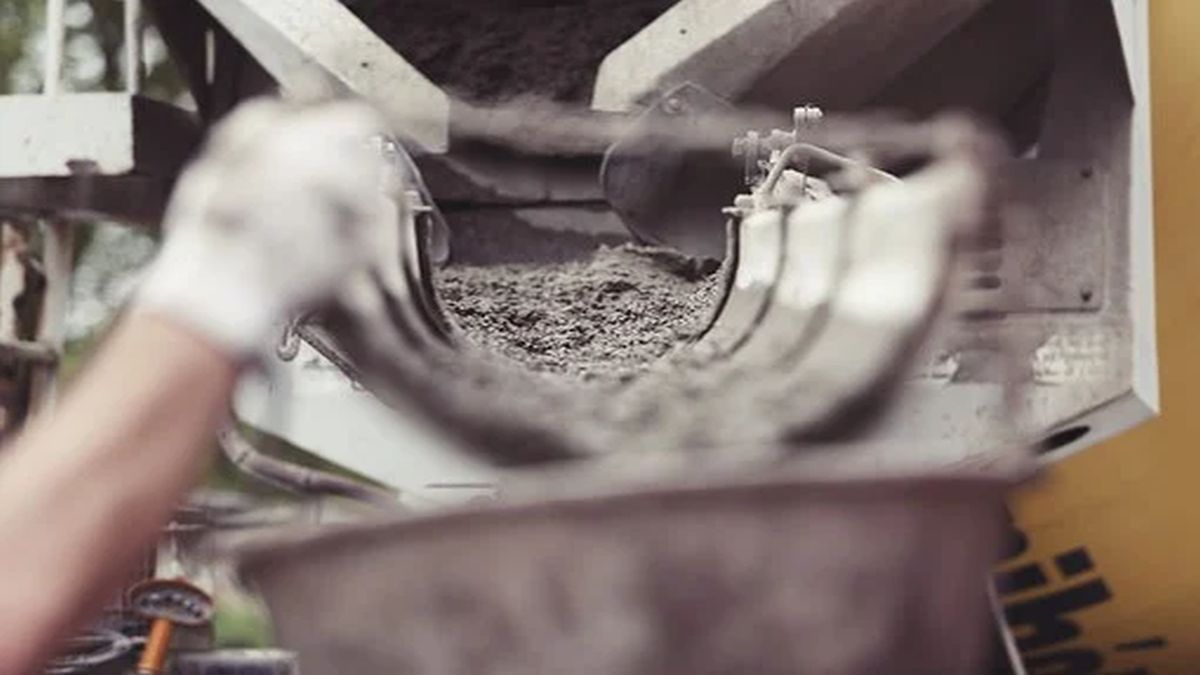Cement consumption throughout Argentina was 12,010,733 tons, with an increase of 23.3% compared to 2020.
“The great protagonist of the year was bulk cement, which accumulated growth of 63.4% against 2020, while bagged cement grew by just 6.5%,” said the consultant led by economist Alejandro Pegoraro.
This uneven evolution revealed the growth of large-scale public and private works, the main users of bulk cement, while smaller works, generally related to spare parts and small and medium-sized constructions, had a less significant participation. .
Bulk packaging was also above 2019 (+1.5%), but failed to break 2018 levels (-4%).
In the classification by districts, the greatest growth of the year was in Tierra del Fuego (45.9%), although that province barely participates in 0.3% of the total national consumption.
The podium with the highest increases was completed by Chaco (+41.9%) and the City of Buenos Aires (+35.1%).
Four other jurisdictions also showed a rise in their offices above the national average: Greater Buenos Aires (33%), Rest of the province of Buenos Aires (32.8%), Córdoba (26%) and San Luis (24.4%). ).
The rest of the provinces had rises lower than the national 23.3%, including Santa Fe (20%), Neuquén (18.7%), Formosa (18.1%), La Pampa (16.8% ), Corrientes (16.3%), Entre Ríos (15.9%), San Juan (15.7%) and Mendoza (15.3%).
With increases of less than 15%, Santiago del Estero (13.6%), Catamarca (12.4%), Misiones (12.3%), Santa Cruz (11.6%), Jujuy (10.4%) were recorded. , Río Negro (8.4%), Chubut (7.6%), Tucumán (5.9%) and Salta (4.4%).
La Rioja was the only province whose dispatches were lower than those of 2020, with a 7% retraction.
The consultant’s report highlighted that in five jurisdictions the volume consumed in 2021 was “the highest in the entire historical series”, which begins in 2005.
“Rest of Buenos Aires” (which excludes the suburbs) had shipments of 1,680,241 tons and left behind the 2017 record, Corrientes reached 260,674 tons and exceeded the highest historical record of 2013 and the 326,427 tons of Chaco above the 2015 record.
For its part, Entre Ríos with 480,852 tons broke the current record since 2015, and Mendoza, with 621,328 tons, did the same with its best historical mark, which also dated from 2015.
Source From: Ambito
David William is a talented author who has made a name for himself in the world of writing. He is a professional author who writes on a wide range of topics, from general interest to opinion news. David is currently working as a writer at 24 hours worlds where he brings his unique perspective and in-depth research to his articles, making them both informative and engaging.




